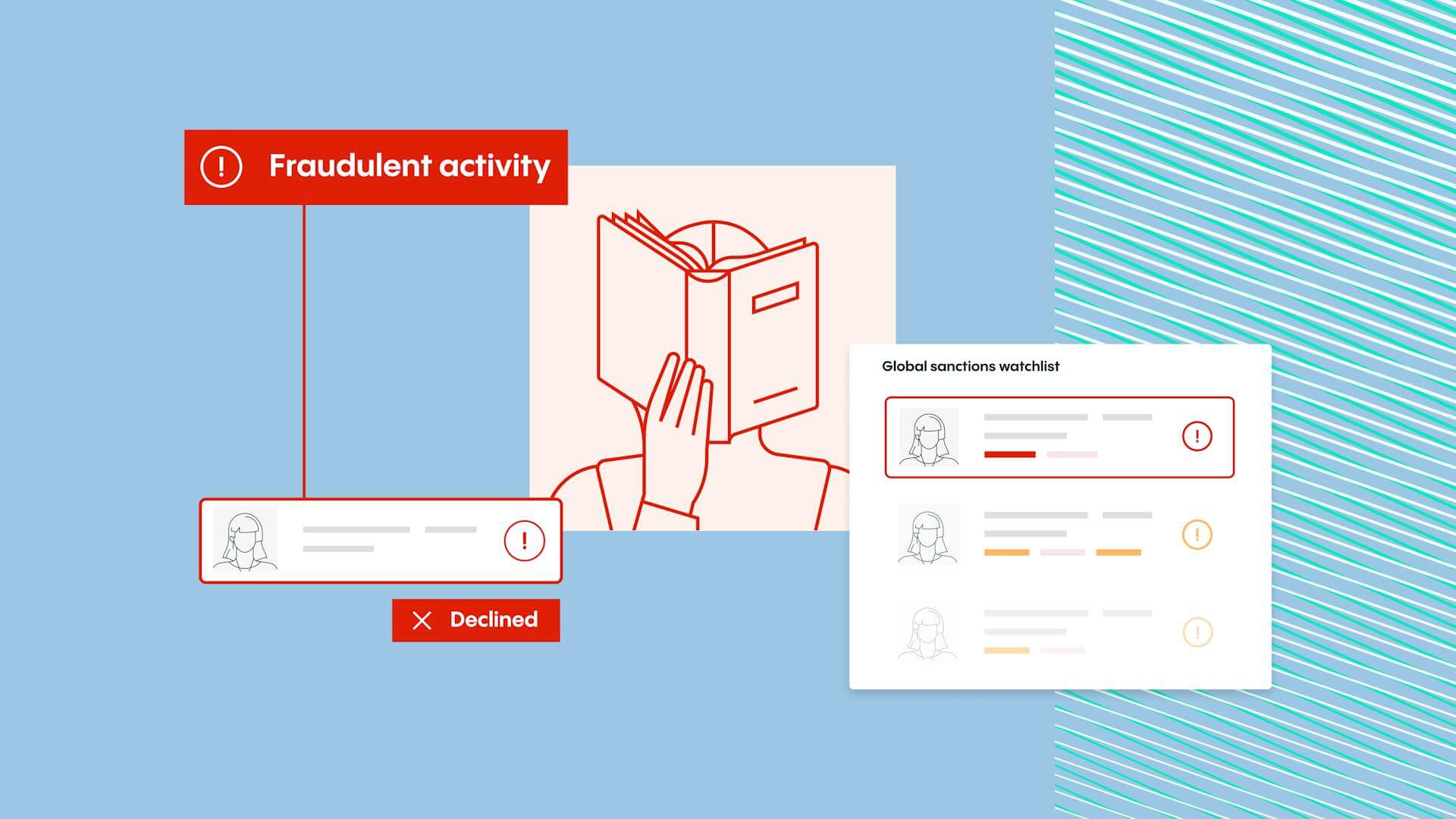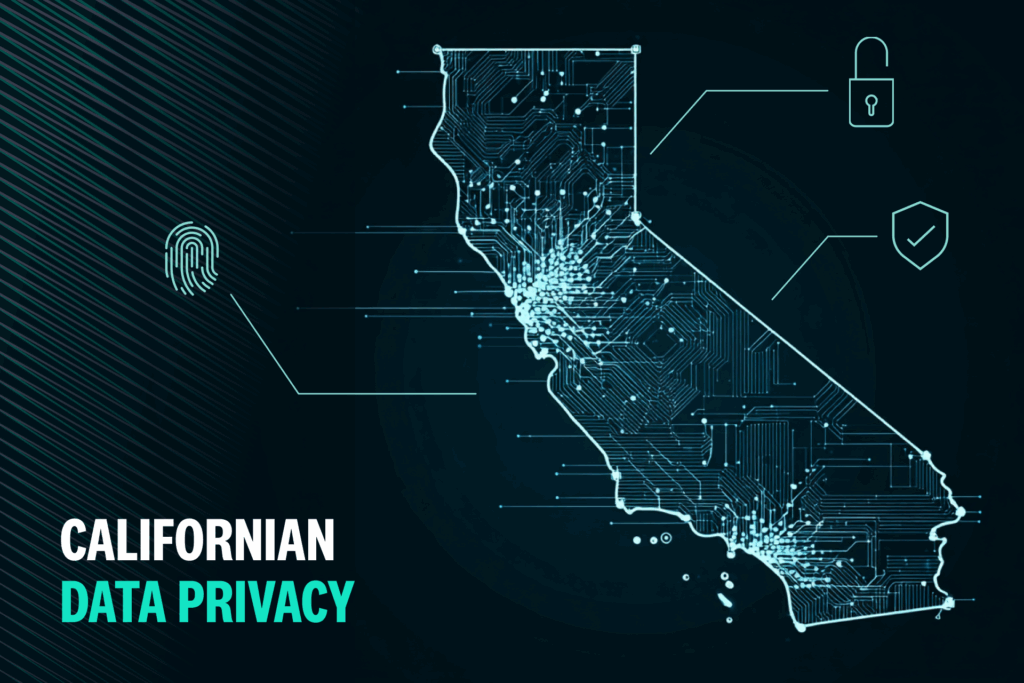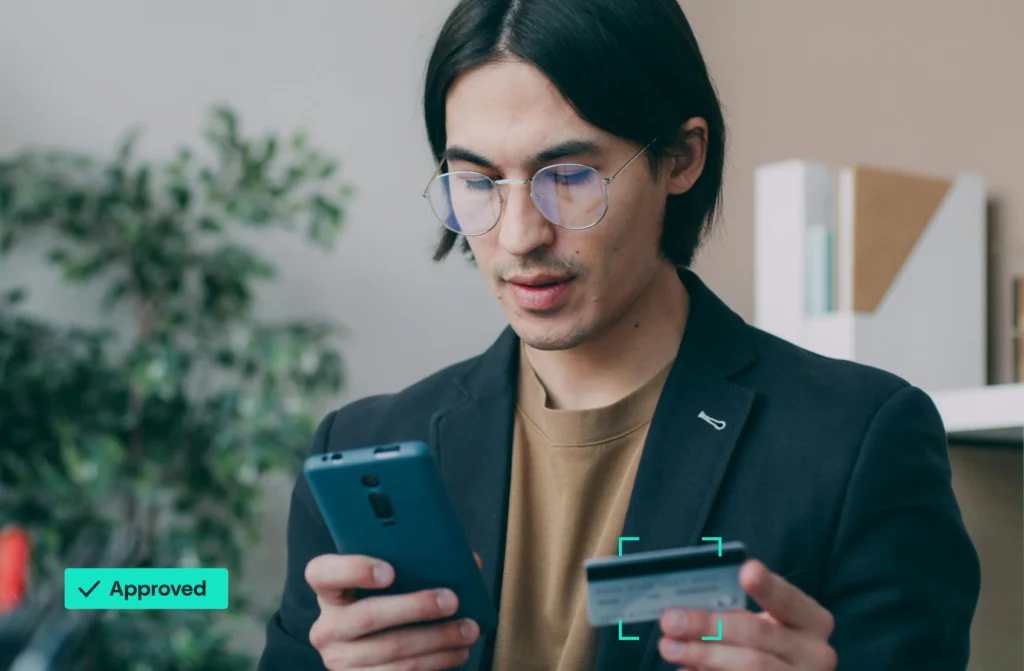Fraud Article
Key takeaways from the Veriff Fraud Index 2024: Part 2
Consumers face unprecedented threats from online fraud. They expect businesses to protect them – and are embracing biometrics to address the danger.

This blog contains the key findings of our new survey of consumers in the US and the UK, the latest of our bi-annual rolling reports. We interviewed 1,001 consumers aged 16+ across the two nations in August 2024, breaking our results down by geography, gender and age demographics.
The aim is to truly understand the end user experience. What are their frustrations? What are their needs? And what are the dangers – and opportunities – for online businesses?
This year’s survey is more comprehensive than ever, with the largest number of respondents and a greater depth and variety of questions. It confirms crucial themes that Veriff has observed for years – that online fraud is growing in scale and complexity, fueled by the power of AI, and consumers are demanding more from online platforms.
However, there are reasons for optimism. The survey demonstrates a growing enthusiasm for biometrics, a crucial tool in defending consumers against fraudsters. It shows that consumers have high expectations for online security, offering potential rewards for those organizations that seize the opportunity.
These are the key takeaways:
1. Online fraud is a growing threat
US and UK consumers face an ever-present, expanding danger from online fraud. Almost half of our respondents (47.55%) experienced such activity over the past 12 months.
And it’s hitting them in their pockets – a quarter of UK respondents suffered at least some financial loss, while a third of US consumers lost money. In the US, 1% reported losing more than $1,000. Consider the implications if 1% of consumers in the world’s largest economy are losing $1,000+ to fraud online every year.
2. The fraud threat is changing fast, and is fuelled by AI
Over a quarter (27.97%) of respondents have experienced some kind of AI- or deepfake-generated fraud over the past year, a striking result for an emerging technology and an indication of the growing nature of this threat.
3. There are clear demographic divides
Younger generations appear to be particularly enthusiastic when it comes to new technologies for online security. Take facial biometrics: 74.23% of 25-34-year-olds expressed comfort with the technology, compared with 62.44% overall.
4. The US faces particular challenges
Almost 58% of US respondents encountered fraudulent or suspicious activity at least once over the year, compared with just 37% in the UK. It seems that the world’s leading economy is a natural target for fraudsters.
5. Companies must tackle fraud – or face financial and reputational damage
The vast majority (77.44%) of our respondents who said they had lost money from fraud over the year said they expected a company to reimburse them for money lost. There can be longer-term damage, too: more than 56% consider a company’s record on fraud prevention when choosing whether to sign up for their service.
6. Many consumers expect companies to protect vulnerable users
Most consumers believe parents are responsible for keeping their children safe online. However, for 38.46% of respondents, the website, platform, or app being used is also responsible. This again highlights a key theme of the survey: the business imperative for online businesses to be proactive in protecting users, including the youngest or most vulnerable.
7. Biometric solutions are gaining ground
There is growing acceptance of identity verification and biometrics technologies. Most respondents (61.74%) are comfortable using IDs and selfies to confirm their identities online, while a similar proportion (62.44%) are comfortable using facial biometrics to access accounts with online businesses. And when asked what means of logging into an online service they think is the most secure, biometric options (facial, fingerprint, and voice) made up more than a third of responses.

Get the Fraud Index report: Part 2
Discover global data on consumer attitudes to fraud, risk, and digital identity.














